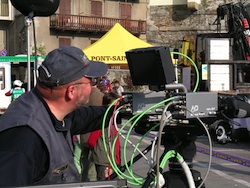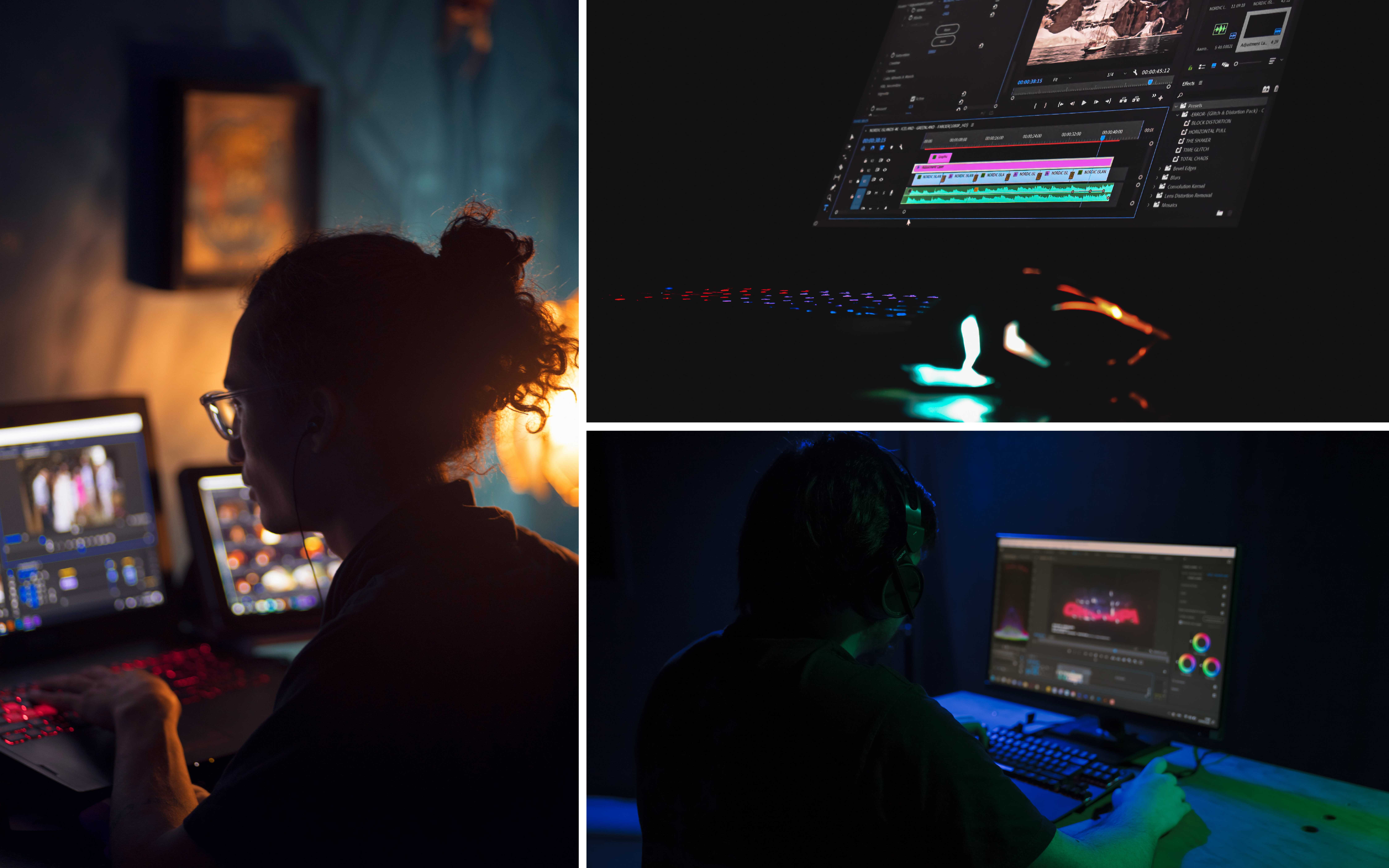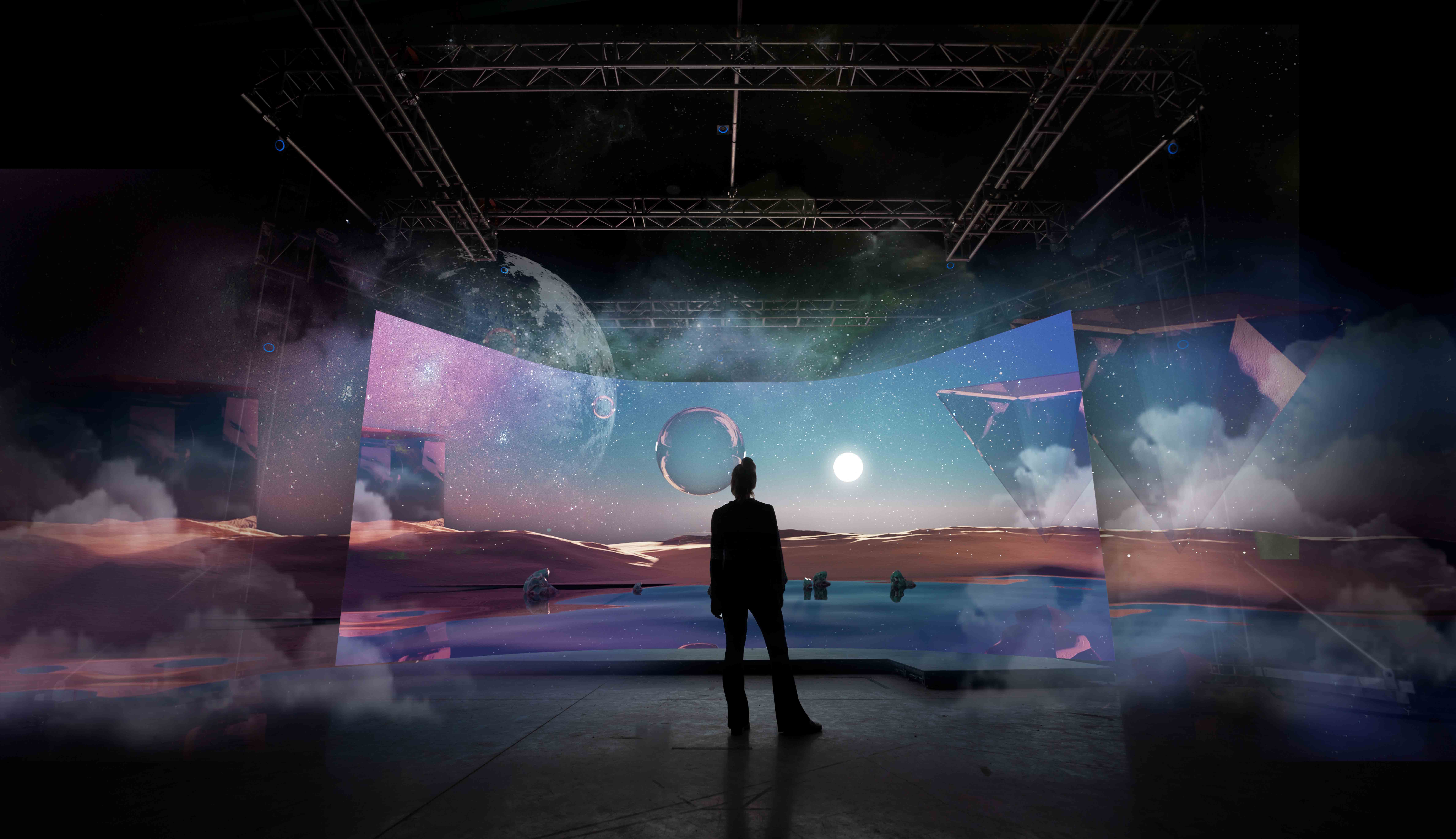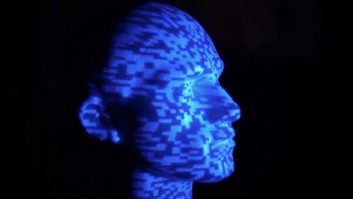
CRIT is the Turin-based research centre run by Italy’s public service broadcaster Rai (one of the few in the world with this type of in-house facility). Director Alberto Morello gave us an insight on the facility’s work on an issue attracting increasing attention on behalf of the general public and mass media – the future of 3DTV and the possibility of domestic no-glasses viewing of 3D content, announced by some as being just around the corner.
“Our centre has a staff of approximately 60, five of whom work full-time on 3DTV research, divided between video encoding, production formats and systems. The activity is subdivided into short-term issues, which include work such as supporting Rai’s 3D productions, medium term aspects, including studies on video encoding for MPEG standards, and long-term work on both of the international projects with European financing: 3D-Vivant (Live Immersive Video-Audio Interactive Multimedia) and Muscade (Multimedia Scalable 3D for Europe).”
CRIT’s research work on 3DTV began approximately ten years ago on stereoscopic TV (viewed with special glasses), which led to current applications. In 2010/2011, CRIT introduced an annex giving informative guidelines to provide 2D backwards compatibility to the ETSI specification ‘Digital Video Broadcasting (DVB); Frame Compatible Plano-stereoscopic 3DTV’.
Such compatible modes may enable service providers to transmit a single service providing both frame compatible (FC) plano-stereoscopic 3DTV and reduced-resolution HDTV video concurrently, whereas, without the provisions of such technology, HDTV coverage with the same source content would be provided by a separate dedicated HDTV bit-stream. With this type of transmission, a 3D-capable receiver is able to feed out a (selectable) 3DTV or HDTV signal according to display capabilities.
Morello continues, “3D Vivant studies technologies for perfect glasses-free 3DTV and Rai is the only Italian organisation involved. Along with RBB (Germany), CERTH (Greece) and Brunel University, it is a member of two Work Packages, focussed on ‘Use cases, requirements and system architecture’. Our contribution is in effect the realisation of television productions using the project’s technologies. 3D image shootings have been made at Rai’s Turin production centre, holoscopic video editing is under way and tests will be soon be run on the video quality.”
Recent research
In a recent RAI TV news report on the broadcaster’s 3D research, a prototype camera (developed as part of the project) used to shoot coverage of the Centre’s radio museum was a modified Arri camera with a lens designed by Brunel University and realised by Arri itself. The report explained the two ways in which images can be reproduced in the home – one with a microlens array in front of a very high definition (e.g. 100 mega pixel) television (bulky and expensive), the other using microprojectors projecting on to a translucent holoscopic screen.
Morello adds, “The latter is already available in the project – even if it has a much lower resolution than we’re looking for – and involves 80 in-line projectors to obtain a natural stereoscopic effect.”
This is obviously impossible to adapt to domestic use, as Morello adds, “This type of technology requires banks of computers to process the sequences required to create the images and might be suitable for use in large halls, but it will be many years before it will be able to be adapted in some form to domestic use – these are prototypes, and it must be remembered that in the nineties, working on HDTV research, we used CRTs that weighed 300 kilos!”
3D predictions
While stating that no “convincing” technology is currently available for manufacturing high performance displays that enable real 3DTV content to be viewed without special glasses at a low cost, Morello says, “Engineers are very good at forecasting what will happen, rather less when they have to say when. However, the biggest problem isn’t the camera, but the lens, the 3D post-processing and, to an even greater extent, the manufacture of consumer-level high-resolution monitors.
“On the production side, it must be remembered that we’re talking about television, not cinema — in other words content that must be able to be produced easily and rapidly at reasonable costs. If each platform used on 3DTV productions requires five cameras, which must be perfectly aligned and precisely controlled to ensure that the intermediate images can be generated in post processing, the risk is that only certain programmes – such as large sports events and films for example – will be able to be produced in ‘real’ 3D.”
Asked to give an estimate on how long it will be before it will be possible to watch “real” 3DTV at home without glasses, Morello says, “Some microlens displays are already on show at consumer trade expos (CES, IFA, IBC, NAB…) and can be purchased. They receive the two stereoscopic images (or one image plus depth maps) and the intermediate views are often obtained by means of internal processing.
“With the autostereoscopic (no-glasses) 3D displays on the market, viewers must be in precise sweet spots to watch them correctly and they’re unable to reconstruct scenes with viewer-position-dependent effects, such as occlusion, so the quality is still poor compared to the full-quality no-glasses holoscopic viewing we’re aiming for. This would enable viewers to see the appropriate 3D images on the display naturally and smoothly changing when they move around the room.”
As to whether these will evolve to such an extent as to achieve a foothold on the consumer market in the next few years, he concludes, “Quite honestly, there doesn’t seem to be any real excitement on behalf of the industry in this direction. From the point of view of standards, nobody in the industry says that next year the quality of ‘real’ 3DTV viewing without glasses will be acceptable. “In the next two or three years, 4K UHD televisions will probably arrive on the market – and some may include glasses-free 3D reproduction – but we must remember that when the first 40- or 50-inch LCD and plasma displays came out in 2000, they cost thousands of euros. Obviously not a consumer market!”
By Mike Clark






